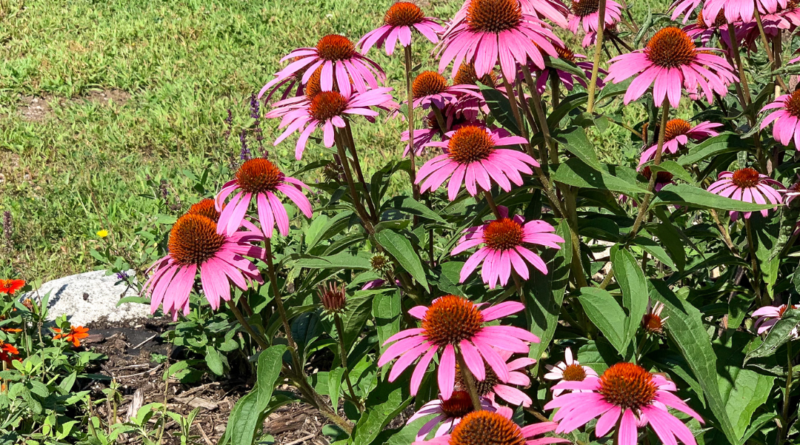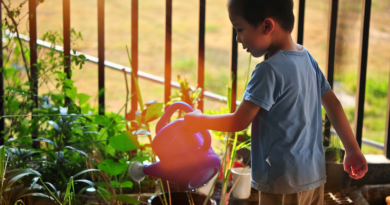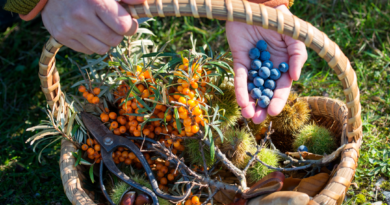My Journey to Creating a 50 x 30 ft Wildlife Garden
As I stood at the edge of my backyard, surveying the blank canvas of earth before me, a vision began to take shape—a vision of transforming this modest plot of land into a vibrant sanctuary teeming with life.And so commenced my odyssey (an ongoing endeavor) to establish a 50 x 30 ft wildlife sanctuary, driven by a fervent dedication to conservation and a longing to reestablish ties with the wonders of the natural realm.
Embracing Your Space
The journey began with a single seed—an idea planted in the fertile soil of my imagination. Inspired by the beauty of nature and the urgent need to protect biodiversity, I committed myself to the task of creating a wildlife garden. Armed with curiosity and determination, I embarked on a quest for knowledge, devouring books, articles, and online resources on gardening, ecology, and native plants.
Before I could dive into the practical aspects of gardening, I knew I needed to cultivate a deeper awareness of my surroundings. I spent hours observing the rhythms of nature, noting the patterns of sunlight and shade, the texture of the soil, and the presence of wildlife. Each observation brought me closer to understanding the unique characteristics of my garden space and the potential it held for transformation.
With a newfound understanding of my garden’s ecology, I set out to create a plan that would guide me in shaping the landscape. Armed with graph paper and colored pencils, I sketched out a blueprint for the garden, delineating areas for trees, shrubs, flowers, and pathways. Every decision was made with intention, balancing aesthetics with ecological function to create a harmonious and sustainable habitat.
As I delved into the world of native plants, I was amazed by the diversity of species available to me. I carefully selected trees, shrubs, and flowers that were native to my region, prioritizing species that would provide food and habitat for local wildlife. From the majestic oak trees to the delicate wildflowers, each plant was chosen with care, with an eye toward creating a vibrant and resilient ecosystem.
Continue reading to explore the essentials for crafting your own wildlife garden.
Trees: Guardians of the Garden

Trees serve as the backbone of any wildlife habitat, offering shade, shelter, and sustenance for a diverse array of species. When choosing trees for your garden, prioritize native species that are well-adapted to your local climate and soil conditions. Here are some suggestions to consider:
- Oak Trees: Revered for their ecological significance, oaks support an impressive array of wildlife, including insects, birds, and mammals. Species like White Oak (Quercus alba) and Red Oak (Quercus rubra) are excellent choices for a wildlife garden.
- Serviceberry (Amelanchier spp.): With delicate white flowers in spring and edible berries in summer, serviceberries are a favorite of both humans and wildlife. Look for species like Allegheny Serviceberry (Amelanchier laevis) or Downy Serviceberry (Amelanchier arborea).
- Eastern Redbud (Cercis canadensis): Known for its stunning pink blooms in early spring, Eastern Redbud adds a splash of color to the garden while providing nectar for pollinators and seeds for birds.
Shrubs: Providing Refuge and Resources
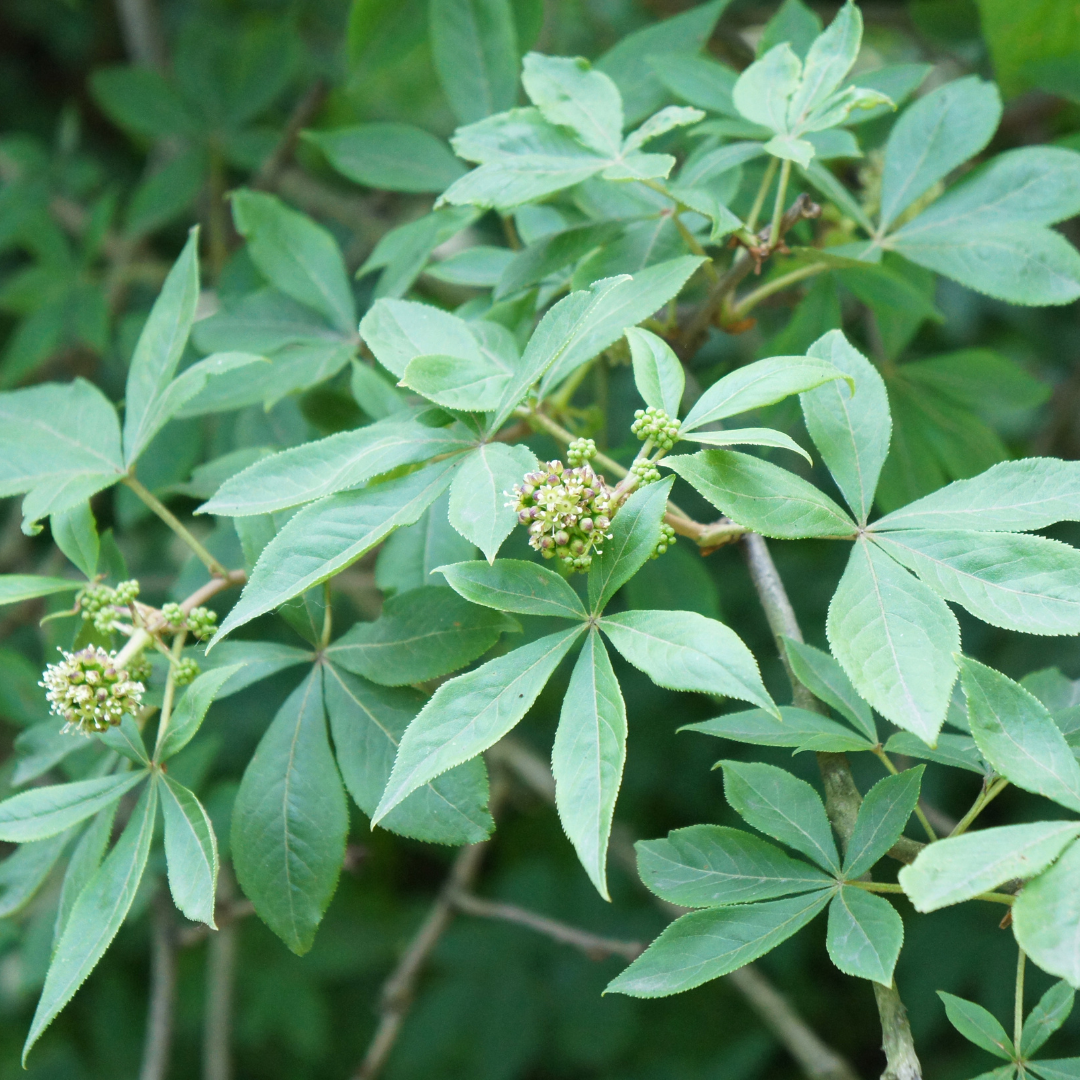
Shrubs play a crucial role in a wildlife garden, offering food, shelter, and nesting sites for a variety of creatures. Selecting a diverse mix of shrubs will enhance the habitat’s resilience and attractiveness to wildlife. Consider incorporating the following species:
- Viburnum spp.: Viburnums are versatile shrubs prized for their attractive foliage, fragrant flowers, and nutritious berries. Varieties such as Arrowwood Viburnum (Viburnum dentatum) and American Cranberrybush (Viburnum trilobum) are valuable additions to any wildlife garden.
- Sumac (Rhus spp.): Sumacs are hardy shrubs known for their brilliant fall foliage and clusters of red berries, which persist through the winter months, providing sustenance for birds and small mammals.
- Spicebush (Lindera benzoin): As a native understory shrub, Spicebush thrives in shady conditions and attracts pollinators with its aromatic flowers. Birds are drawn to its berries, making it a valuable food source in the garden.
Flowers: Sowing Seeds of Beauty and Nourishment
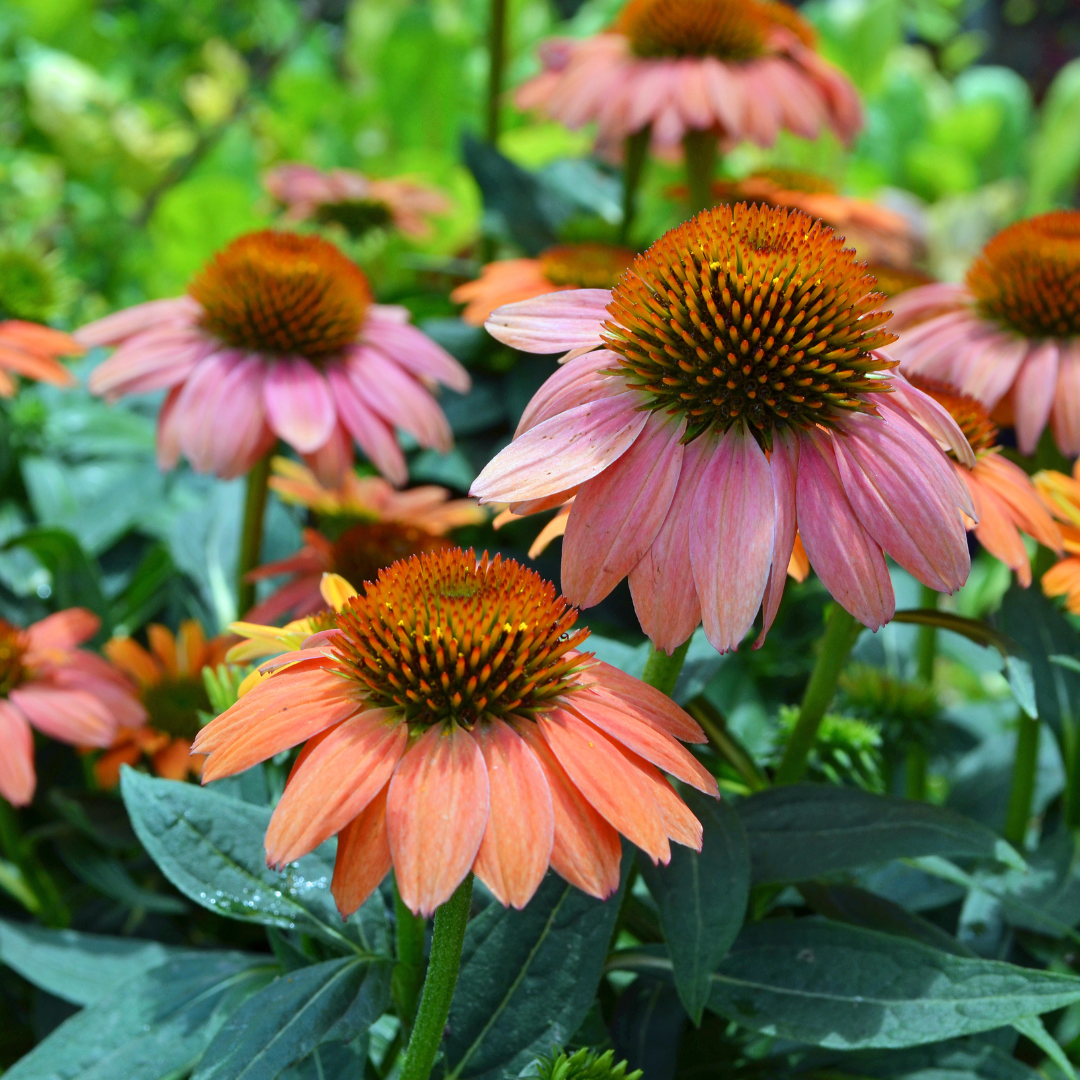
Flowers not only enhance the aesthetic appeal of your garden but also serve as vital resources for pollinators and other wildlife. Choose a diverse mix of native wildflowers that bloom throughout the growing season to provide nectar, pollen, and seeds. Here are some flower species to consider:
- Purple Coneflower (Echinacea purpurea): A beloved perennial with daisy-like flowers that attract a myriad of pollinators, including bees, butterflies, and hummingbirds. Leave the seedheads intact in winter to provide food for birds.
- Black-eyed Susan (Rudbeckia hirta): This cheerful wildflower brightens up the garden with its golden blooms, attracting pollinators and seed-eating birds throughout the summer months.
- Butterfly Weed (Asclepias tuberosa): Asclepias species, commonly known as milkweeds, are essential for supporting monarch butterflies. Butterfly Weed, with its vibrant orange flowers, is a standout choice for any wildlife garden.
Native Plants: Cultivating Diversity and Resilience
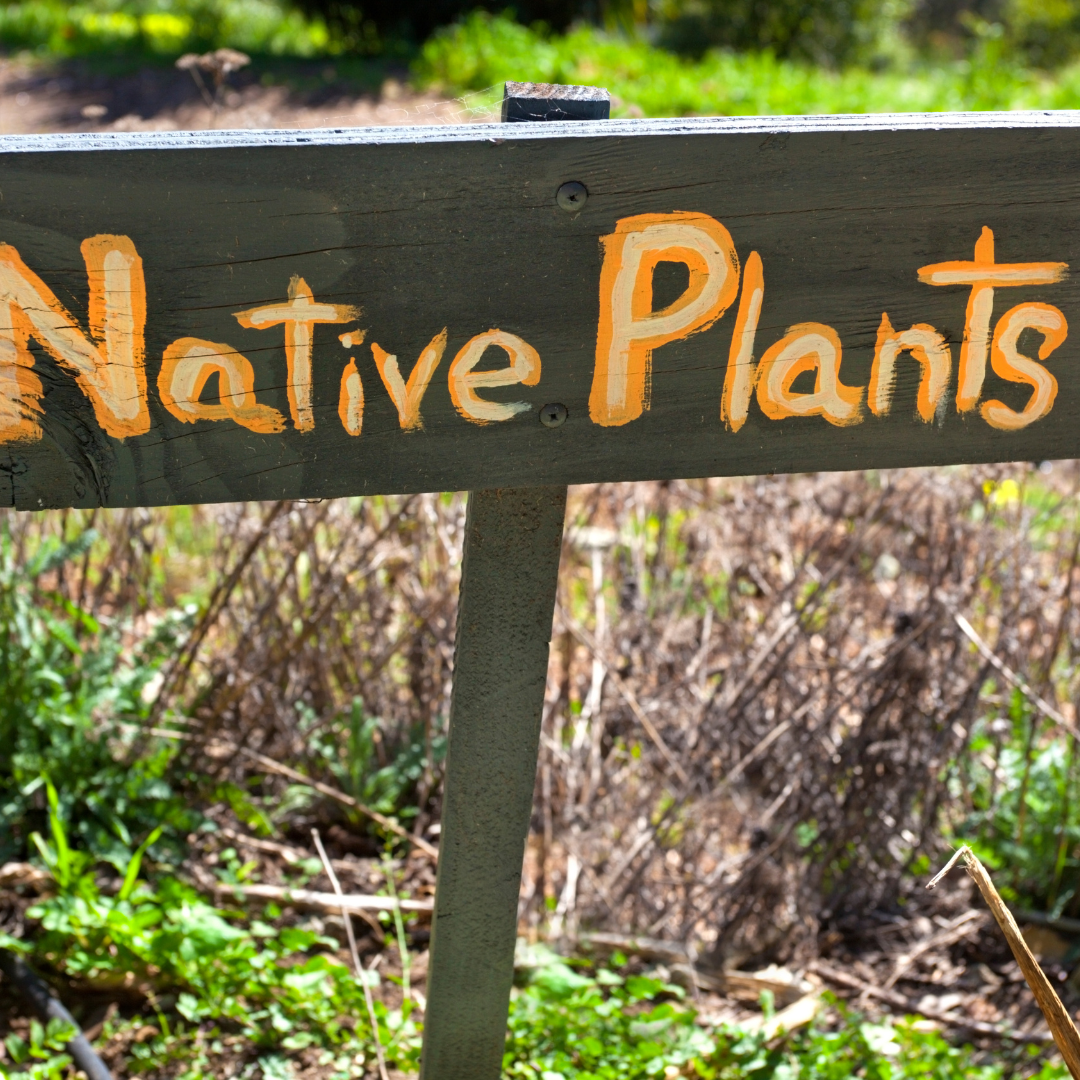
Incorporating a diverse array of native plants is essential for creating a resilient and ecologically balanced habitat. Native plants have co-evolved with local wildlife and are better suited to provide food and habitat. Research native plant nurseries or conservation organizations in your area to find species that are well-suited to your region’s specific conditions.
Nurturing Your Garden
Establishing a wildlife garden is not merely a one-time endeavor but an ongoing commitment to nurturing and stewarding the land. Regular maintenance tasks such as watering, weeding, and mulching will help your garden thrive. Additionally, observe and document the wildlife that visit your garden, as these observations can provide valuable insights into the health and biodiversity of your habitat.
Conclusion: Cultivating a Sanctuary of Harmony
In closing, embarking on the journey of creating a wildlife garden is not merely an act of gardening but a profound immersion into the interconnectedness of all life forms. It’s a journey that celebrates the inherent beauty and resilience of the natural world, inviting us to become stewards of biodiversity in our own backyard.
By carefully selecting trees, shrubs, flowers, and native plants that support local ecosystems, we forge a sanctuary where humans and wildlife can coexist in harmony. As we roll up our sleeves and dig into the soil, we become co-creators of a thriving habitat, where every leaf, flower, and creature plays a vital role in the intricate web of life.
In this sanctuary of harmony, we discover the transformative power of conservation and stewardship. Each act of planting, nurturing, and observing becomes a testament to our commitment to preserving and restoring the beauty of the natural world.
So, let us embrace this journey with open hearts and hands, knowing that every seed sown and every flower bloomed is a step towards a more sustainable and harmonious future. Happy gardening, and may your wildlife garden be a source of joy, inspiration, and connection for generations to come.
